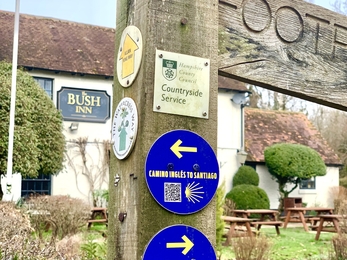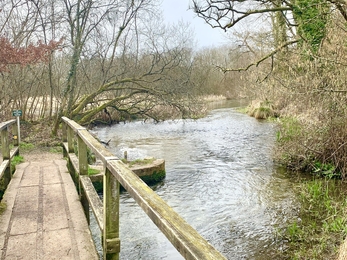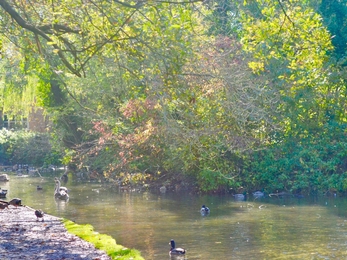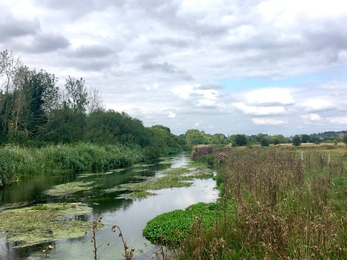During the Covid pandemic, my partner and I began exploring the Hampshire countryside on our doorstep. We have three children, the oldest of whom – Isabel – suffered brain damage hours after her birth in 2003. This was caused by a preventable Group B Strep meningitis infection, and left her with blindness, severe cerebral palsy, and learning difficulties.
Isabel was fortunate to be able to stay at her residential special school for several weeks after the closure of her brother and sister’s secondary school, so we only had to deal with moody teenagers on our early family walks. But when she did stay at home from April to September 2020, we realised how difficult it was for her to accompany us in an NHS attendant wheelchair.
These wheelchairs cannot cope with difficult terrain. Moreover, the few walking trails that were advertised as ‘wheelchair accessible’ were ridiculously short – in some cases only 200 metres from the carpark to a viewpoint. For these reasons, we looked into getting an all-terrain buggy. After a bit of a fight to fund the £3,000 cost, we were able to buy one in June 2021.





